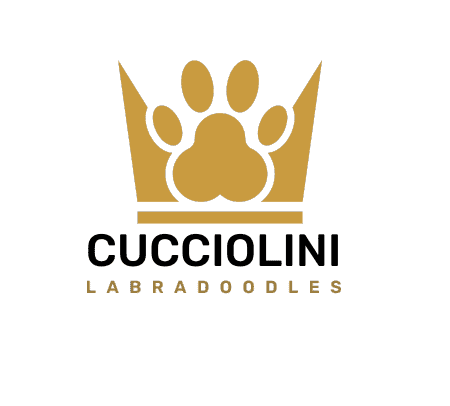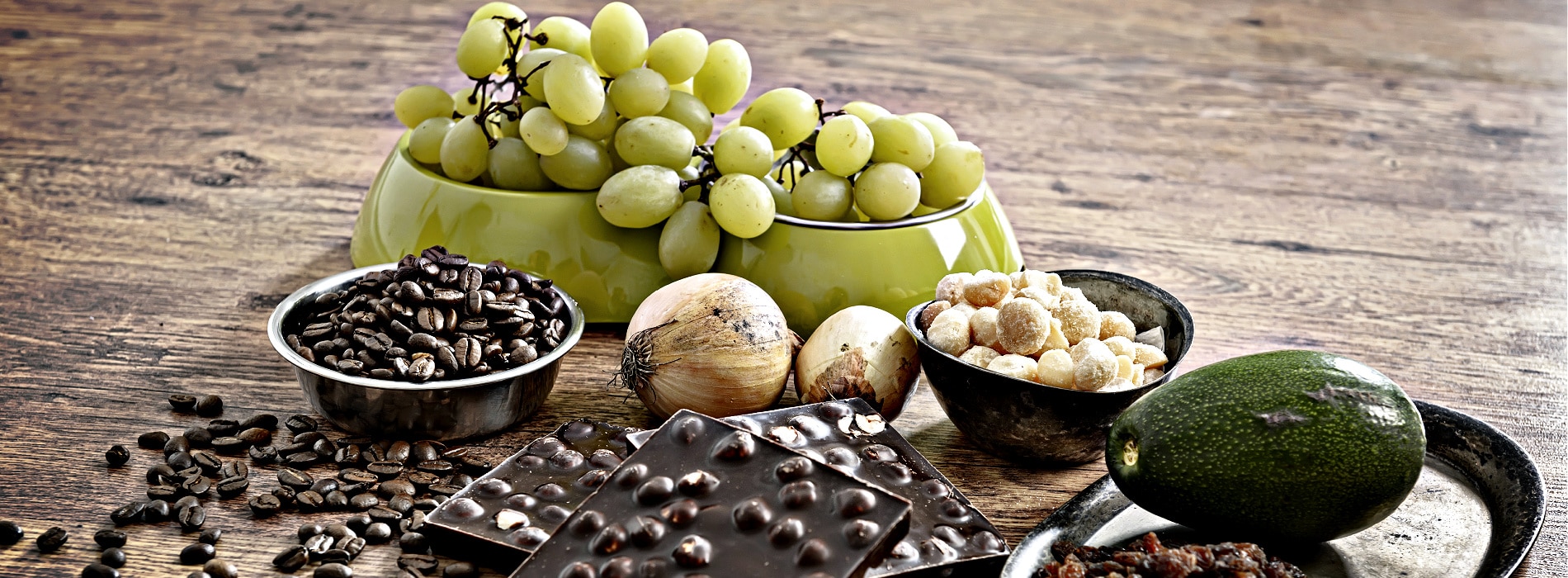Here is a comprehensive list of 27 toxic and dangerous foods for dogs. It’s best to avoid feeding these foods to your furry friend.
As a responsible dog owner, knowing which foods are harmful for your furry friend to consume is important. While most people know chocolate is toxic for dogs, other foods should also be avoided. These foods risk your dog’s health and can be very dangerous. Dangerous to your canine friends.
The good news is to avoid all when preparing and storing food.
Chocolate
Without a doubt, chocolates are the most beloved and enjoyable treat. Their delectable taste is exquisite, but unfortunately, it’s not the same for our furry companions. Chocolate, particularly dark, contains theobromine, which can harm dogs. Indulging in chocolate during the holiday season is an everyday pleasure for many. However, it’s important to remember that our beloved pets should never have access to these delightful treats; it’s crucial to prioritize the well-being of our beloved pets by keeping them safe and healthy. One way to do so is by ensuring they don’t have access to tempting treats, as these can lead to a range of concerning symptoms such as vomiting, diarrhea, muscle tremors, seizures, and even heart failure. Let’s be proactive in safeguarding our furry friends from any potential harm.
Types of Chocolate
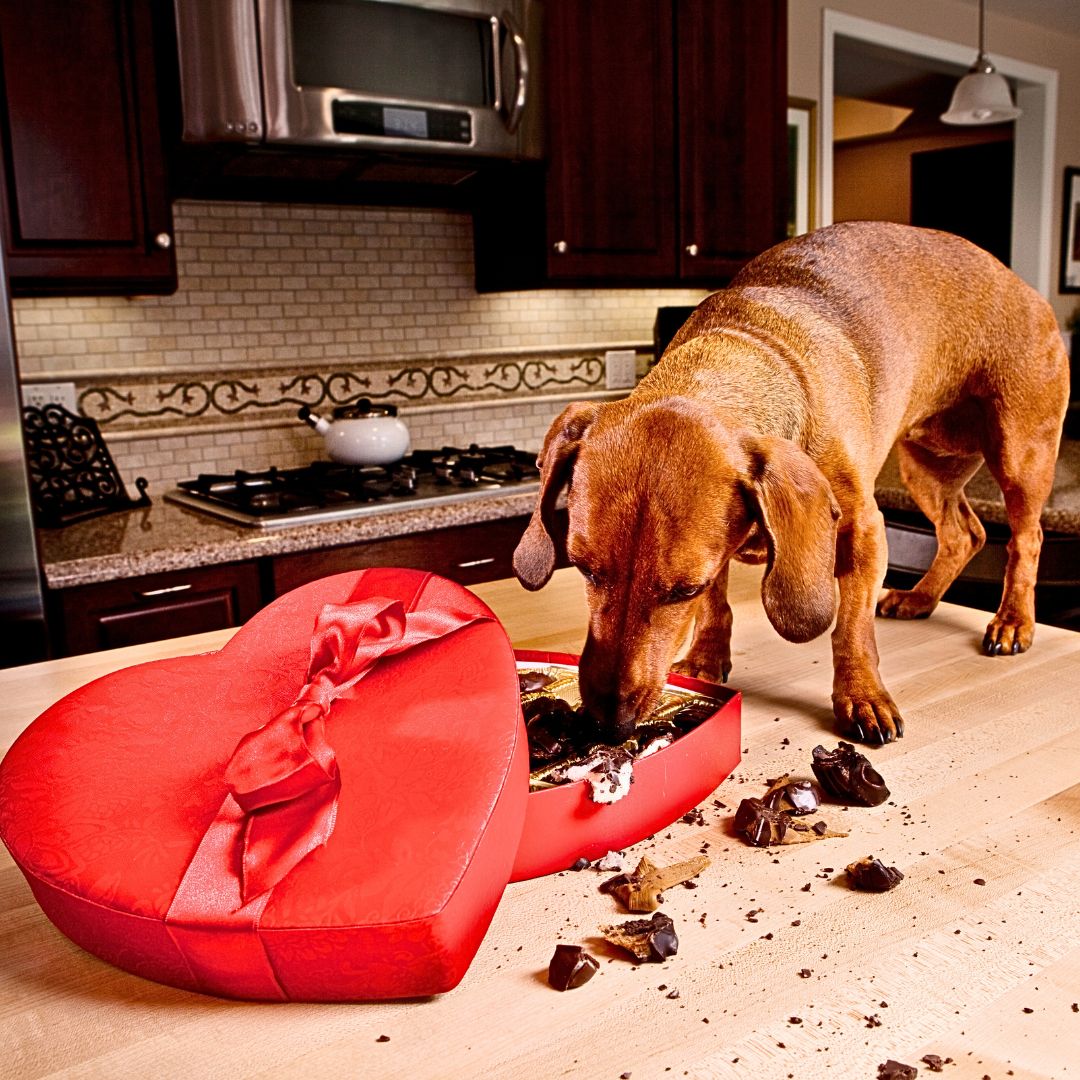
It is in all types of chocolate, but there is a higher amount in darker varieties. Dogs can’t process theobromine as swiftly as humans can. It can result in the accumulation of toxins in the dog’s system if left untreated. Some possible symptoms to watch out for include severe vomiting, diarrhea, excessive thirst, and irregular heartbeats. In certain cases, the condition can be fatal.
Garlic & Onions
It’s important to avoid feeding your dog any plants from the “Allium” family, such as Garlic, onions, chives, leeks, shallots, and other related species. These plants can be harmful and toxic to your pet’s health.
While Garlic and onions add flavour to food, they are NOT suitable for any dog.
If consumed, they can harm the red blood cells, resulting in a medical condition called hemolytic anemia, where the red blood cells disintegrate and are destroyed.
Anemia
Hemolytic anemia symptoms can range from the inability to breathe to excessive weakness and extreme vomiting. If left untreated, your dog will collapse from a lack of oxygen blood cells cannot carry enough oxygen throughout the dog’s bloodstream.
Avocado
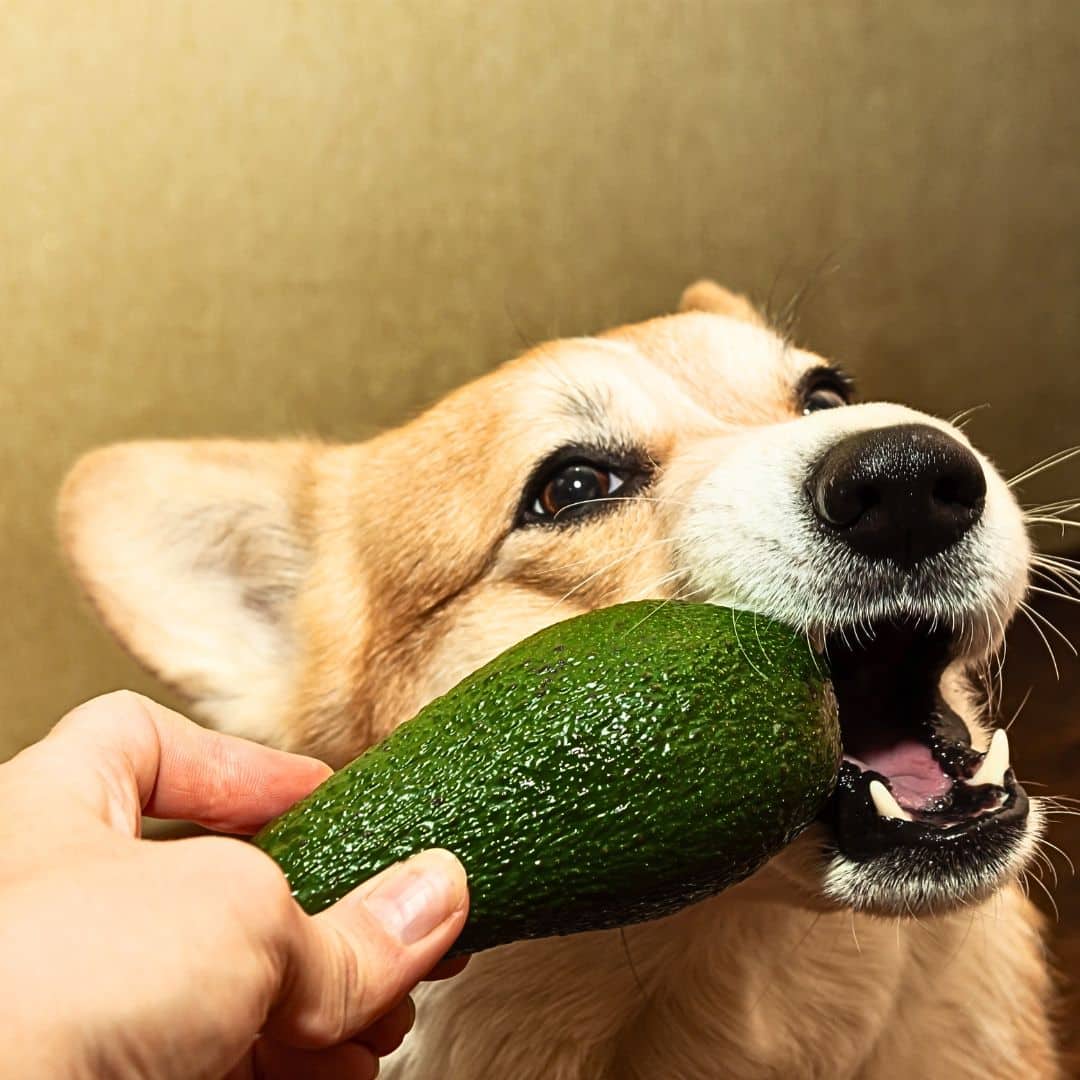
Although avocados are a high-protein food for humans, it is important to keep your dog away from them, as they can make your furry friend sick.
Why is it important to avoid feeding your dog avocados, which can harm their health?
First, the pit of avocado is a choking hazard. It is important to note that avocados contain a chemical called Persin in high concentrations in their fruit, leaves, bark, and seeds. This chemical harms dogs and can negatively impact their health if ingested. Keep your dog away from the avocado plant.
Grapes & Raisin
It is uncertain why, but grapes and raisins are dangerous for dogs. Studies indicate that even small amounts of consumption can result in kidney failure.
Family
It’s important to inform your entire family about the potential health risks certain fruits can pose to your dog. Additionally, it’s recommended to supervise children while they are playing with your dog and eating fruits to avoid negative outcomes.
Vet Care
If your dog accidentally eats grapes or raisins, it may become hyper for a few days before becoming lethargic. If your dog exhibits any of these symptoms after consuming grapes or raisins, it is crucial to take them to the veterinarian immediately, as it can rapidly harm their kidneys.
Persimmon
In North America, persimmons are as rare as they are in Asia. However, some types can thrive in California’s sunny climate. It’s important to note that persimmons contain a substance that, when mixed with stomach acid, can create a sticky clump that may harm or block a dog’s intestines. Additionally, the persimmon’s seeds and pit have the potential to cause intestinal blockages. Seeking veterinary attention is recommended if you observe any holes or roots in your dog’s bowel movements.
Cooked Bone
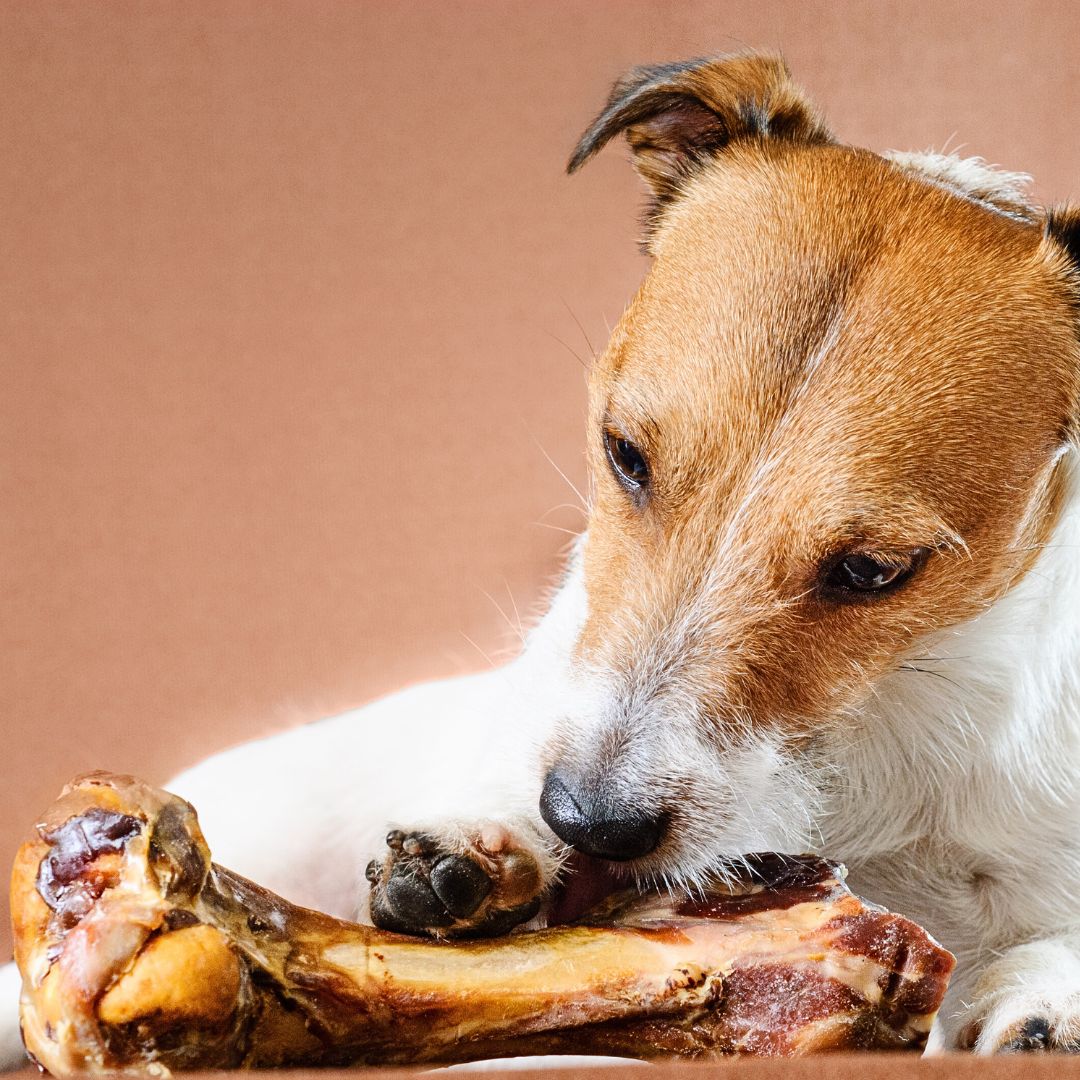
Is it possible for bones to harm your dog? Dogs have always enjoyed chewing on bones. However, if you want to give your dog a bone as a treat, you must make sure that the bone is not fragile. Cooked bones are typically brittle and can be extremely hazardous to dogs, as they can get stuck and cause significant problems.
Splinters
When providing chew toys for your dog, it’s crucial to be mindful of the risk of splinters. These small fragments can easily break off, harm your dog’s teeth, and potentially puncture its intestine or become stuck in its throat. To ensure your dog’s safety, consider choosing safer and healthier alternatives, such as raw bones or treats.
Sugar-Free Human Food
Are sugar-free human products safe for dogs to eat as treats? No, that’s a misconception. These products typically use Xylitol as a sugar substitute, which is extremely toxic to dogs. Xylitol is commonly found in human foods like candy, Mentos, Jell-O, Chewing Gum, and peanut butter. It’s important to avoid giving any sugary treats to your furry friends.
Xylitol
If your dog ingests Xylitol, it can cause a rapid decrease in blood sugar levels by increasing insulin levels. It can lead to hypoglycemia, which can severely impact the liver and cause symptoms from sluggishness to vomiting, seizures, and loss of balance. It’s crucial to seek immediate veterinary attention as Xylitol ingestion can be fatal if left untreated.
Apple Seeds
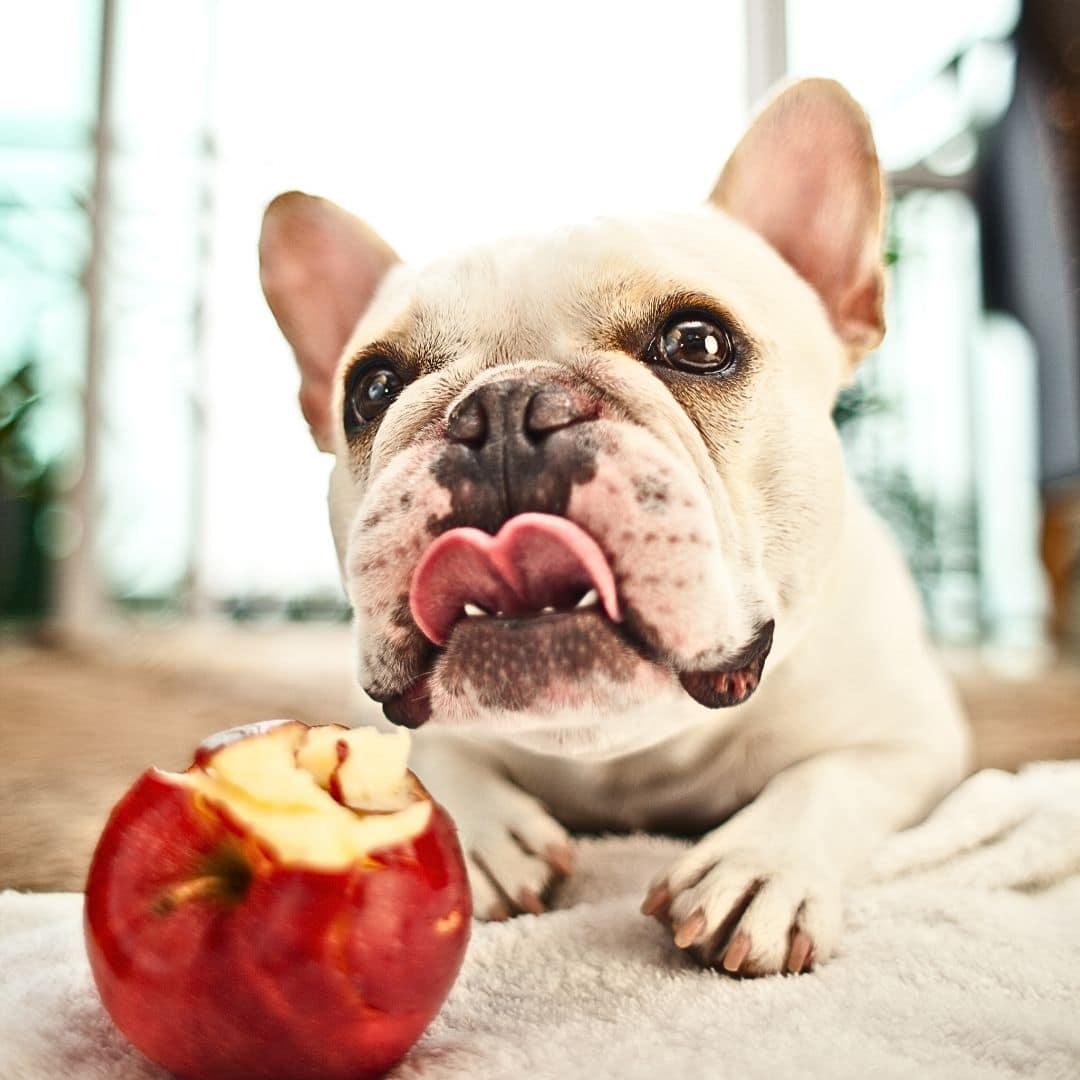
Did you know that apple seeds can be harmful to your dog? The answer is yes—the casing of the seeds contains a chemical that can release cyanide when digested by a dog, which can slowly poison the dog and weaken its digestive system. To keep your dog safe, remove the casing and seeds before offering small, bite-sized apple pieces as a treat.
Coffee
Have you ever wondered why coffee in the morning can boost your energy? The answer lies in caffeine, the key component in coffee that provides the power-up effect. However, it can be dangerous if your furry friend drinks coffee accidentally. It can cause their heart rate to increase rapidly and potentially lead to heart palpitations and muscle tremors.
Macadamia Nuts
It is important to note that many cookies and candies contain macadamia nuts, which are unsuitable for dogs. Even small amounts can make your furry friend sick. If your dog eats these nuts, look for signs like lack of energy, feebleness, and sadness.
Accidents
If your dog ingests these nuts, it may show signs of poisoning, such as hypothermia, life-threatening tremors, and other severe problems. The symptoms of macadamia poisoning may not become noticeable until 12 hours later, so it is crucial to monitor your dog and make an appointment with a veterinarian if the situation worsens.
Raw Eggs
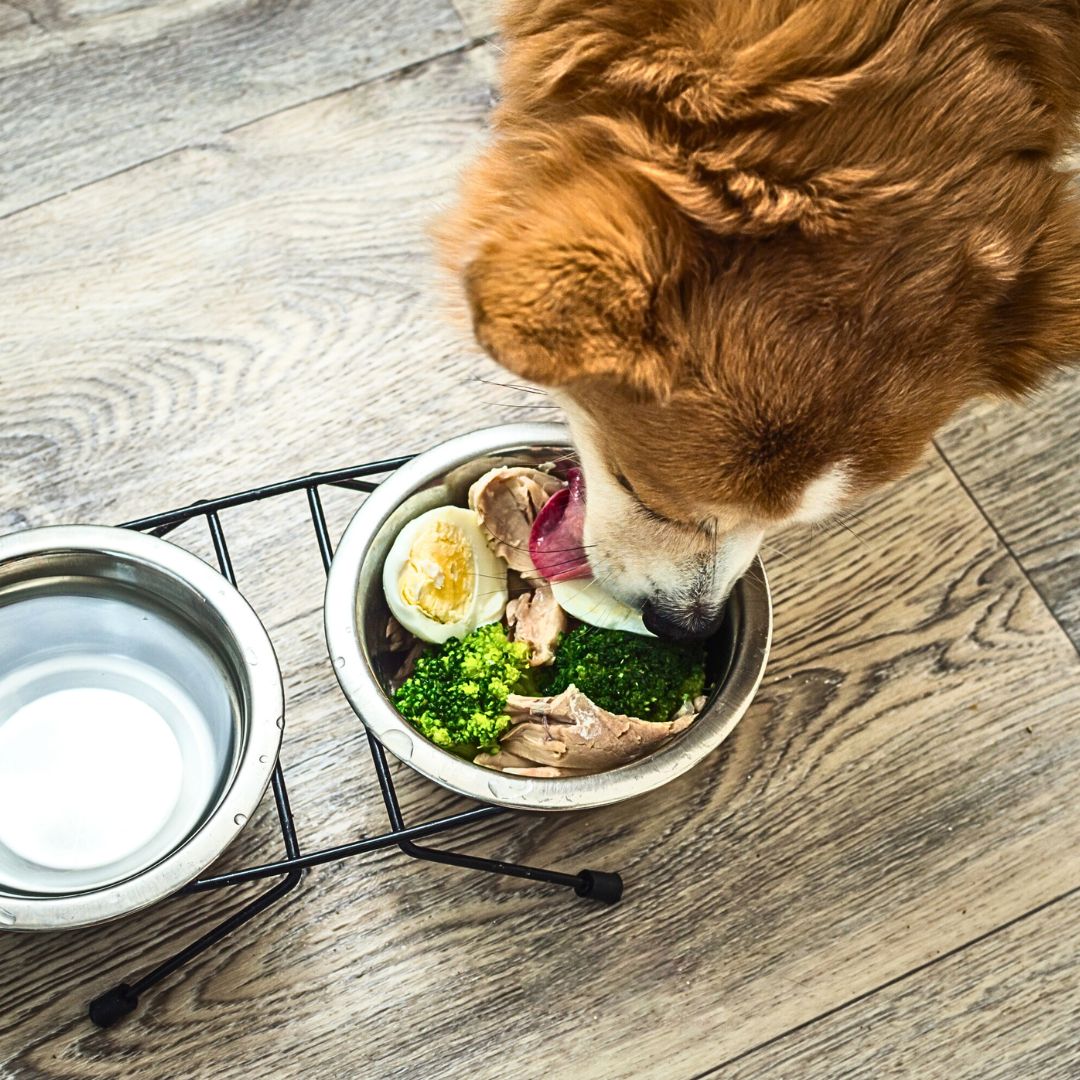
Studies indicate that feeding raw eggs to dogs is a great way to provide them with a good source of protein. However, it’s important to consider the potential risk of food poisoning due to harmful bacteria, such as Salmonella E.coli, that may be present in raw eggs. Additionally, commercial eggs may be coated with chemicals and wax for preservation, which could harm dogs. Choosing cooked eggs over raw ones is recommended as both contain the same nutritional value. As pet owners, it’s crucial to prioritize our pets’ health and avoid any unnecessary risks. Dog becoming sick. Why take the risk of causing serious problems?
Fatty Foods
If you give your dog table scraps, avoid fatty foods such as bacon, ham, and meat trimmings. These foods can cause your dog to gain weight unnecessarily and harm its digestive system. Additionally, they are high in fat and may lead to pancreatitis, which can cause symptoms like vomiting, belly pain, and severe diarrhea.
Salt
It’s important to avoid feeding your dog meat that has a high salt content as it can upset their stomach’s balance. It may cause your furry friend to feel excessively thirsty and drink more water than necessary, resulting in dangerous bloating.
Cheeses
Sometimes, we may have given our dogs some cheese as a treat. However, it is important to note that dogs do not have the necessary enzymes to break down milk products. It’s essential to understand that many dogs suffer from lactose intolerance, implying they cannot digest dairy products effectively. Consumption of milk products such as cheese, curds, and butter can lead to digestive problems like bloating and diarrhea in dogs. Moreover, cheese is high in fat, which can increase the risk of pancreatitis. Hence, it is advisable to refrain from feeding cheese to dogs to ensure their overall good health and well-being.
Sugary Food
Some experts believe that not giving your dog sugary treats like candy, gummies, or spoonfuls of sugar could also be harmful if they don’t get enough of it in their diet. This is because sugar in the form of glucose is necessary for the body’s cells to function properly. Additionally, giving dogs too much sugar can cause them to become hyper and distracted.
Sugars are Dangerous
After consuming sugar, dogs may experience a sugar drop, leading to sleepiness and mood swings. These fluctuations can cause liver harm and diabetes, making reading labels important and avoiding giving excessive amounts of sugar to your furry friend.
Chewing Gum
For the safety of our furry friends, chewing gum or any gummy snacks children commonly enjoy should be kept out of their reach. Such treats can result in severe health issues, particularly bowel obstruction if consumed by dogs.
Gum is Toxic
It’s important to note that many types of gum contain Xylitol, a highly toxic sweetener to dogs. If your dog accidentally ingests gum, it could lead to liver failure. It is important to prioritize your dog’s safety by regularly visiting the veterinarian for check-ups. Furthermore, keeping all gummy candies and sugary treats away from your furry companion is advisable to prevent mishaps.
Yeasts
It’s best to avoid leaving rising dough bread on the kitchen counter as dogs tend to investigate delicious smells. Dogs are skilled at jumping up to grab healthy treats, even if they’re high up. However, if your dog consumes bread containing yeast, it can cause health issues.
Dough Expands the Stomach
Your dog can experience discomfort and bloating if they consume yeast, as the dough will rise even in its stomach. Additionally, the expanding dough can cause them pain and potentially lead to intestinal blockages. It’s important to keep yeast-containing foods out of your dog’s reach to prevent these issues.
Corn On A Cob
Corn remains the most commonly utilized filler in dog food. It is recommended to steer clear of corn on the cob, as consumption of it can lead to high sugar levels and stomach bloating. To begin with, feeding corn to dogs can be dangerous as it may pose a choking risk. Additionally, monitoring the dog after consuming corn is important to prevent them from swallowing the cob. Cob ingestion can result in intestinal blockage and digestive problems. Even a small piece of cob can be problematic and may require assistance from a veterinarian to identify it accurately on an X-ray.
Salty Food
When you’re feeding your dog, it’s important to choose salt-free food. Salt can harm your dog’s health, and it’s a common misconception that snacks like popcorn and pretzels are the only culprits for stomach issues. In reality, the amount of salt in popcorn can cause sodium ion poisoning in dogs. It can cause symptoms like increased urination, thirst, diarrhea, seizures, elevated body temperature, and bloating. So, choose salt-free food for your furry friend’s well-being.
Cats Food
Feeding your dog cat food is not recommended. Cat food is specifically formulated for cats and contains high levels of protein that are better suited for feline digestion. These protein levels may exceed your dog’s handle, so it is best to avoid feeding them cat food altogether.
Raw Fish
Omega 3 fatty acids are a healthy source of vitamins for your dog. However, pet owners should be careful when giving their dogs salmon and trout. This is because salmon can contain a parasite called nanophyetus salmonella, a type of bacteria that can be fatal to dogs. Symptoms of salmon poisoning in dogs usually appear within six days of consuming the contaminated fish.
Symptoms
Dogs may exhibit symptoms such as loss of appetite, fever, diarrhea, lethargy, vomiting, and dehydration, which can be fatal if not treated within a week. Therefore, before serving your dog salmon with rice, please consider the potential risks. However, it is possible to kill the parasite by cooking salmon at high temperatures.
Liver
As a responsible dog owner, regulating the amount of liver you give your furry friend is essential. Although liver is a delicious dog treat, it contains extracts that can lead to nutritional problems if consumed excessively. Specifically, the liver has high levels of Vitamin A, which can result in toxicity or hypervitaminosis. Limiting your dog’s cooked liver intake to three servings per week is recommended to avoid bone issues and deformities. Overdosing on Vitamin A can also cause weight loss and loss of appetite. If you notice any of these symptoms in your dog, it’s best to seek advice from your veterinarian.
Mushrooms
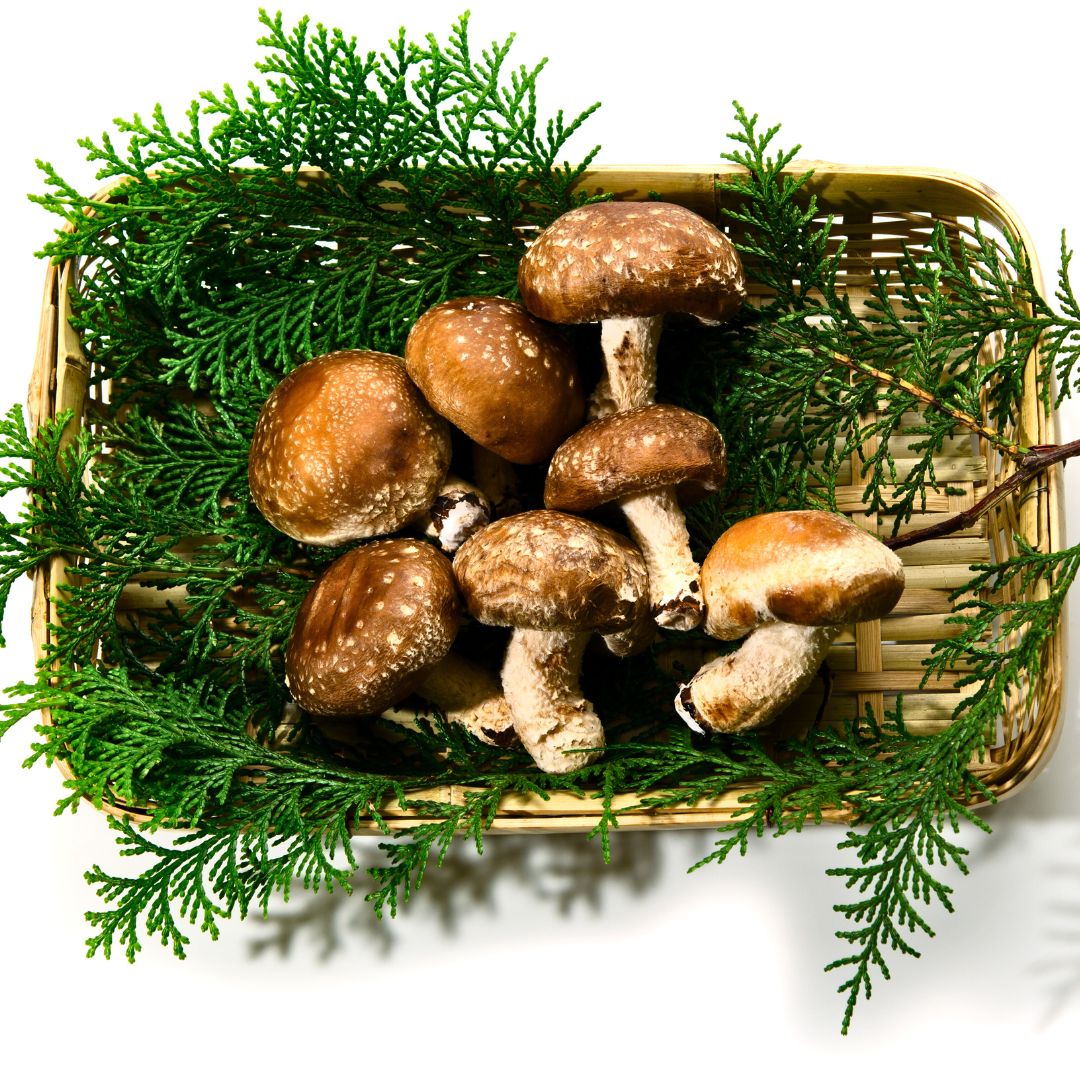
Just like humans, dogs can get poisoned by certain types of mushrooms if they consume them. Feeding your furry friend a variety of mushrooms can lead to slow poisoning, as some styles are highly toxic. It’s crucial to be careful about mushrooms and your beloved pet.
Chives
Chives add flavour to foods and are the worst food to offer your pet dog. It’s important to remember that chives can harm your furry friend, even in their raw, cooked or powdered form. Chives contain disulphides and sulfoxides, which can lead to anemia and damage your dog’s red blood cells. It’s best to avoid feeding your dog any chives to ensure their safety and health.
Peaches And Plums
It’s important to note that persimmons, peaches and plums can be harmful and toxic for dogs to consume whole. It’s recommended to the core and chop them up yourself, removing the highly poisonous pit. This is because the pit casing and seeds can release cyanide when ingested. Dogs cannot remove the hard nut from the fruit while eating it, so removing any fallen peaches or plums from your trees is best to avoid the risk of painful intestinal blockage for your furry friend.
Tomatoes
It’s important to note that the alkaloid atropine, found in the stems, vines, and leaves of tomato plants, can cause harm to dogs if ingested in large amounts. Symptoms of ingestion can include drooling, weakness, constricted breathing, diarrhea, constipation, and paralysis. It is important to ensure your pet’s safety by avoiding giving them ripe red tomatoes as a snack.
Alcohol
Getting a dog drunk and watching it entertain you and your friends on the weekends is unacceptable or amusing. Alcohol consumption can severely affect the nervous system of dogs.
Baby Foods
It’s important to note that baby food may have onion or garlic powder, which is toxic to dogs. Check the nutritional information specifically for dogs—food label before feeding your dog. Also, dogs and puppies have different dietary needs. Puppy Food does not contain the nutrition that your dog needs.
Final Thoughts—It’s important to know that not all foods are safe for your dog and ensure that your furry friend stays healthy.
try to provide better alternatives such as treats and limit them to once or twice a week. Look for treats with only one ingredient to make it easier to rule out allergies. The best meal for your dog is always healthy, home-cooked, with minimal spices and lots of love.
